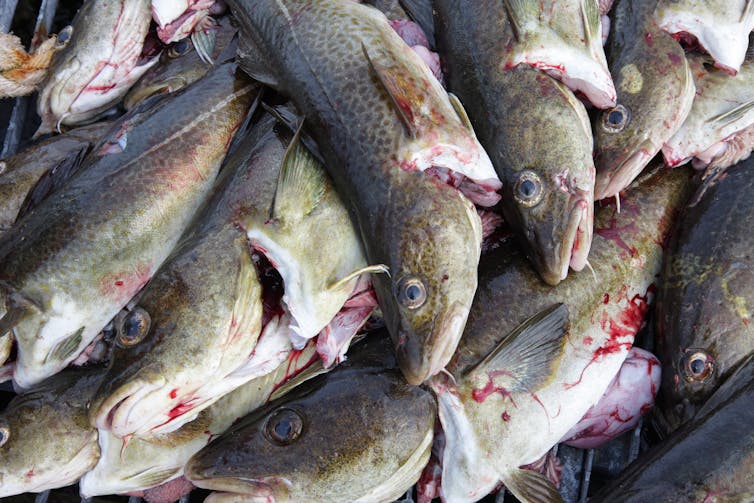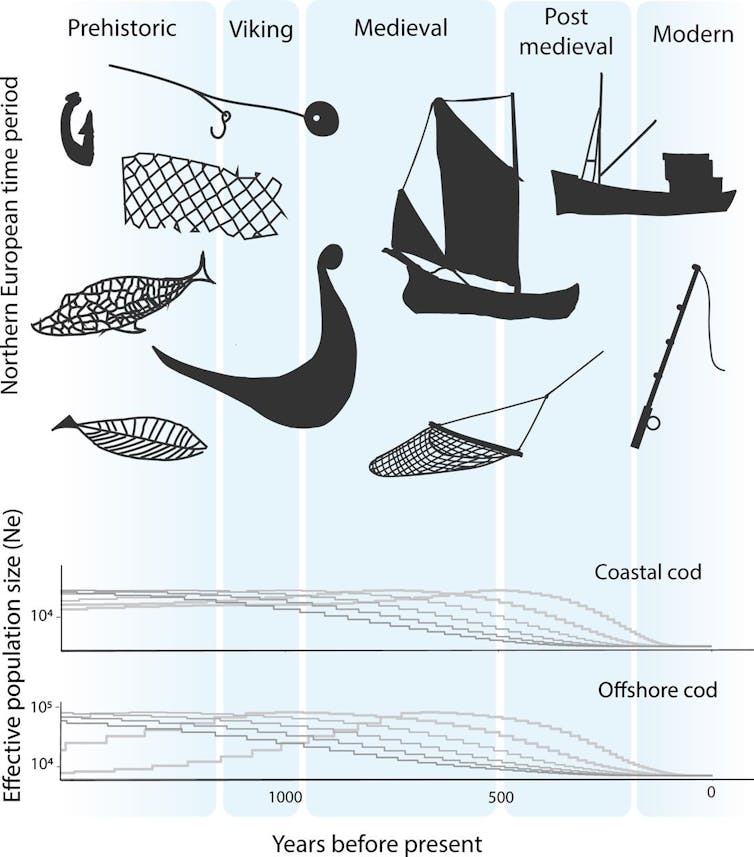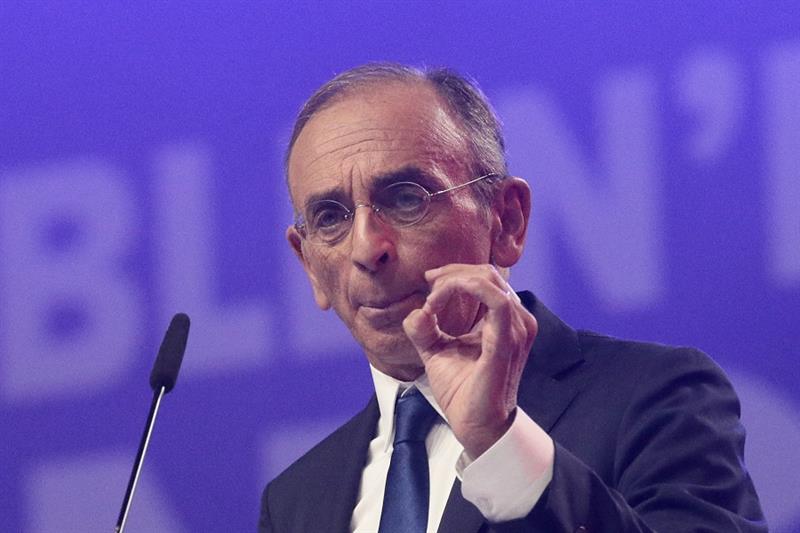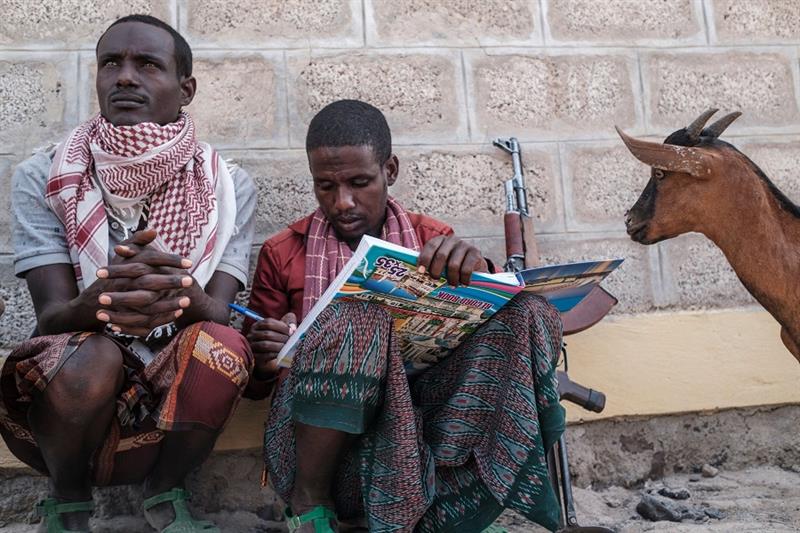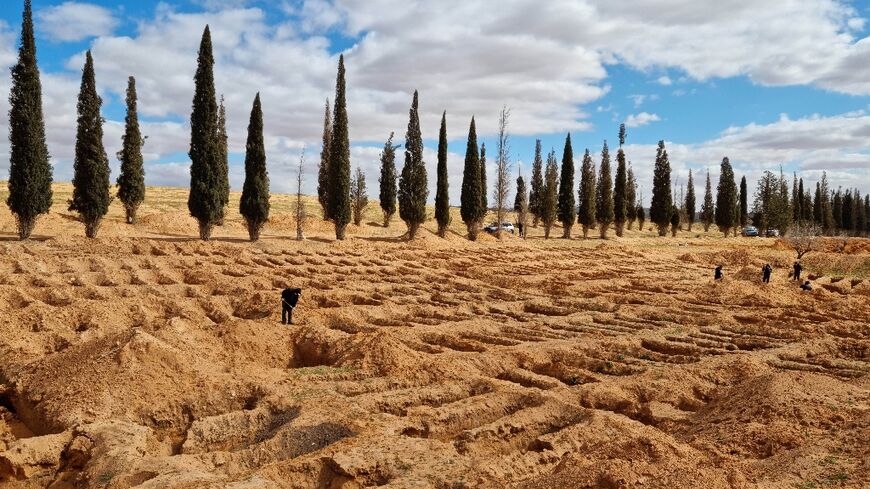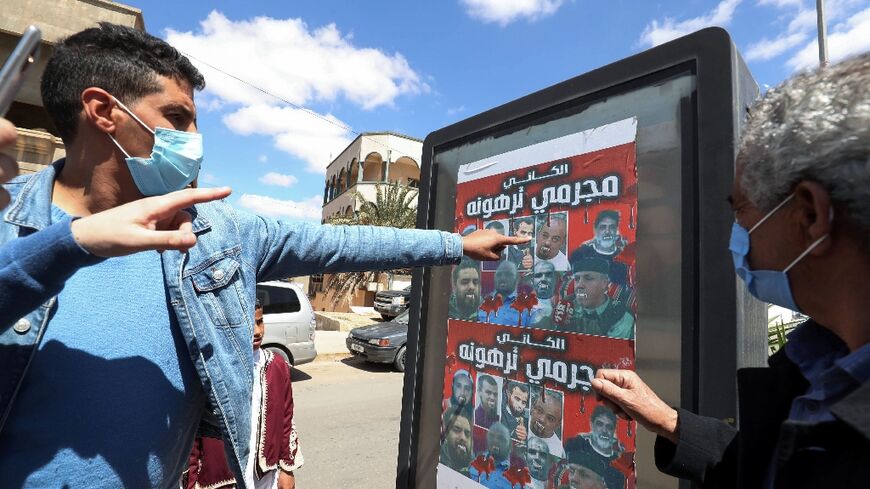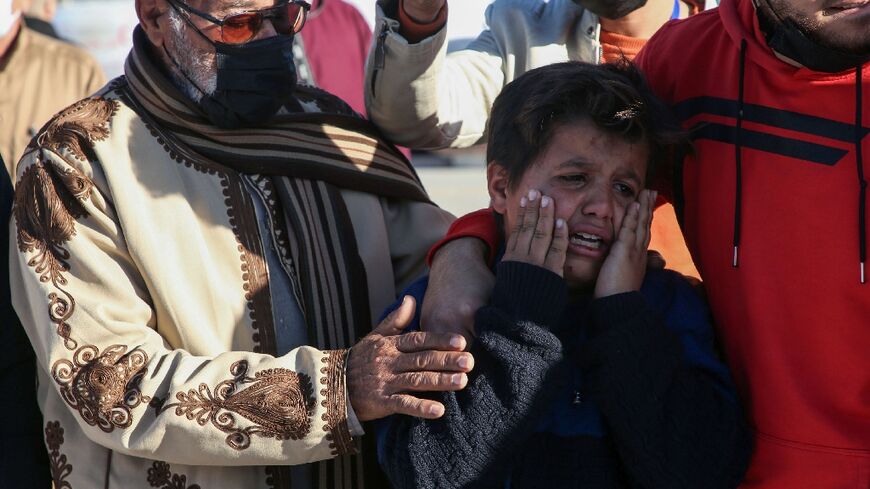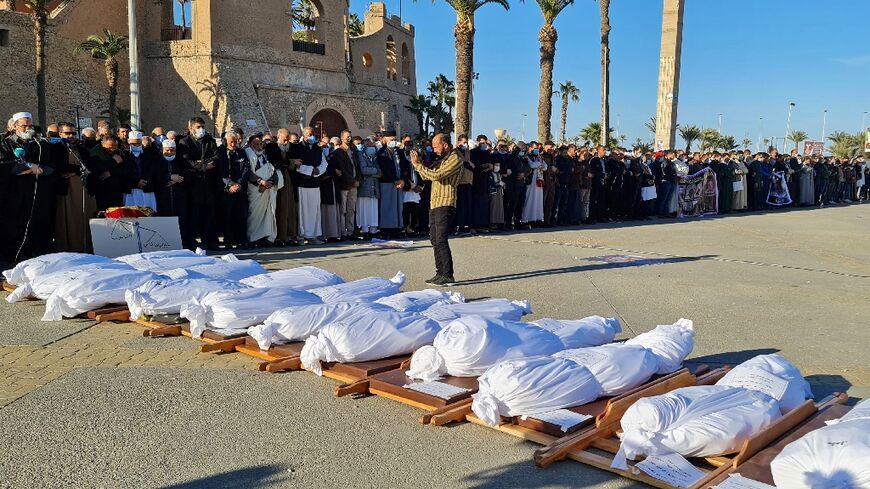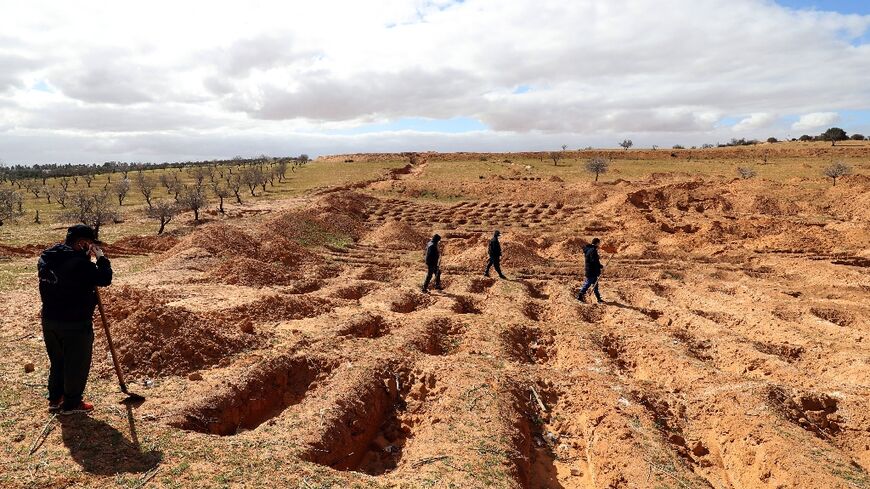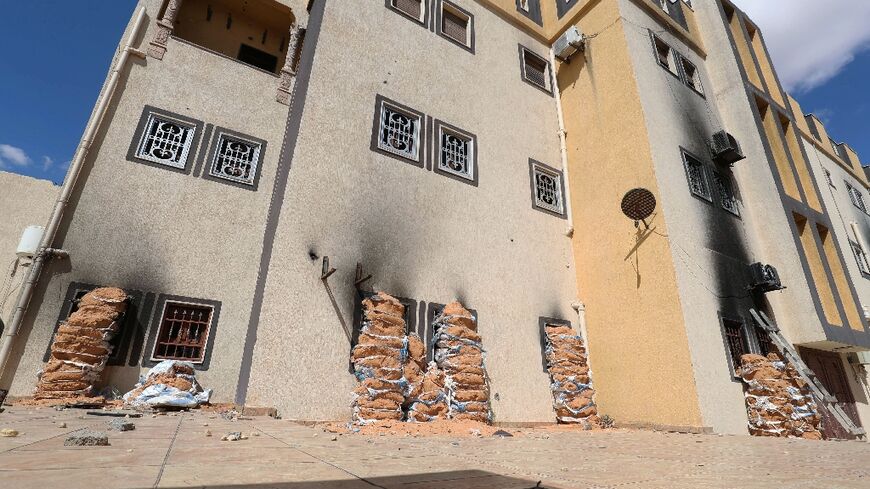Feb. 15 (UPI) -- New Zealand lawmakers on Tuesday overwhelming passed legislation to ban the widely discredited practice of attempting to forcibly change the sexual orientation of lesbian, gay, bisexual and transgender individuals.
The legislation was passed by the New Zealand Parliament by a vote of 112-8 after it was introduced last year by the ruling New Zealand Labor Party of Prime Minister Jacinda Ardern.
"It's a great day for our Rainbow communities, and a proud day for all New Zealand," the political party said in a statement.
"Conversion practices are based on the false idea that people are wrong or broken because of their sexual orientation or gender identity. Such practices and ideas have no place in a modern, inclusive country like Aotearoa," it said, referring to New Zealand by its indigenous Maori name
The law creates two new criminal offenses, one to punish with up to three years imprisonment the practice of conversion therapy on anyone under the age of 18 and those with impaired decision-making abilities. And the other to punish its use on anyone, irrespective of age, where it results in serious harm with up to five years imprisonment.
Justice Minister Kris Faafoi said it was designed to allow for conversations about sexuality and gender and to not infringe upon religious beliefs or principles.
"The legislation also lays out what is not conversion practice and protects the right to express opinon, belief, religious belief or principle, which is not intended to change or suppress a person's sexual orientation, gender identity or gender expression," he said in a statement. "This legislation is not looking to criminalize open and respectful conversations, which aim to facilitate help and support where someone is wrestling with their sexuality."
The law also paves the way for people to file complaints about conversion therapy to the national Human Rights Commission and the Human Rights Review Tribunal for instances were prosecution cannot be pursued.
Kiri Allan, a Labour Party member of parliament, said she was subjected to conversion therapy when she was 16 years old.
She "desperately tired to 'pray the gay' away" in order to be accepted by her church, family and community, and it took her a long time to let go of the shame and trauma associated with that, she said.
"Tonight, our parliament will ensure this practice is banned in our country for good," she tweeted. "For our next generation of babies, I'm so incredibly relieved."
Faafoi said the bill was fashioned from public input as the Justice Select Committee received 107,000 public submissions on the matter, the most ever received on a single piece of New Zealand legislation.
According to the Global Equality Caucus, only seven nations have banned conversion therapy, including Brazil, Canada, Ecuador, France, Germany, Malta and now New Zealand, though several others have signaled their intention to do so.
On Monday, lawmakers in the Netherlands introduced a proposal to ban conversion therapy by criminalizing its practice with imprisonment of up to one year or a $25,500 fine.


